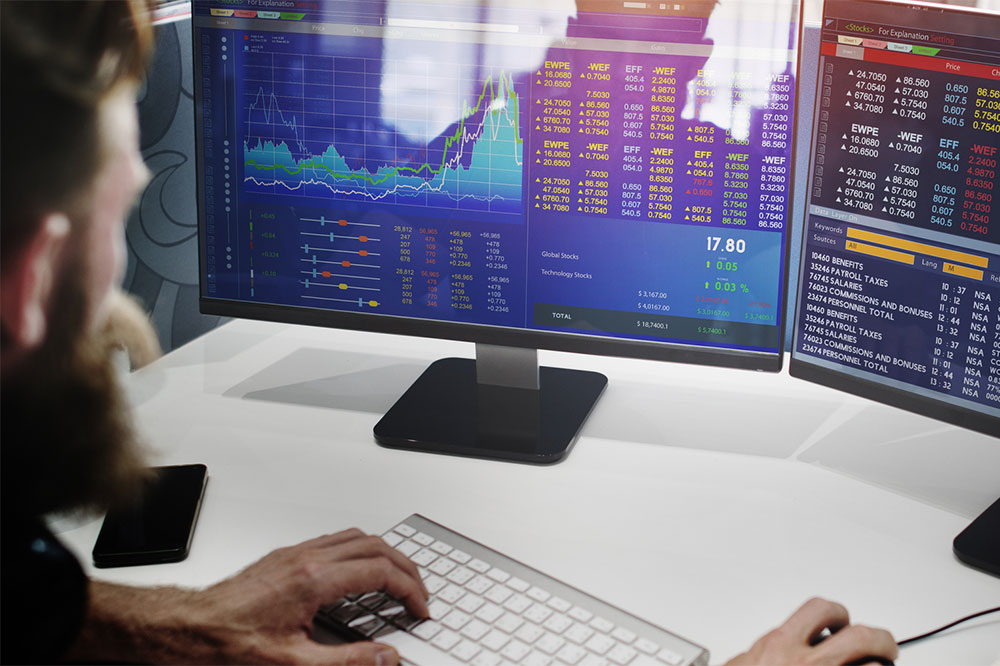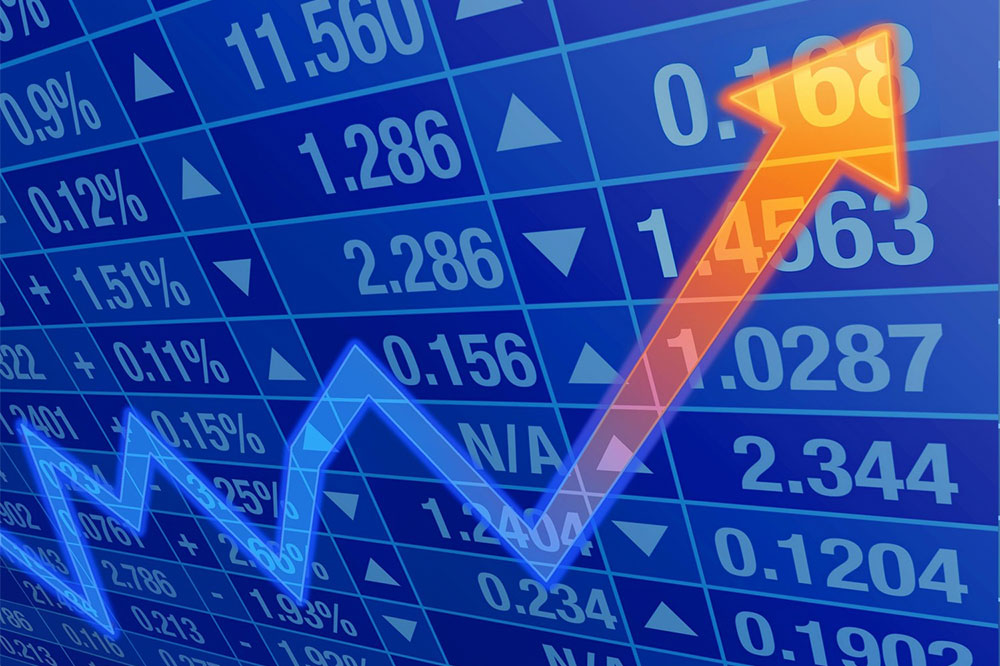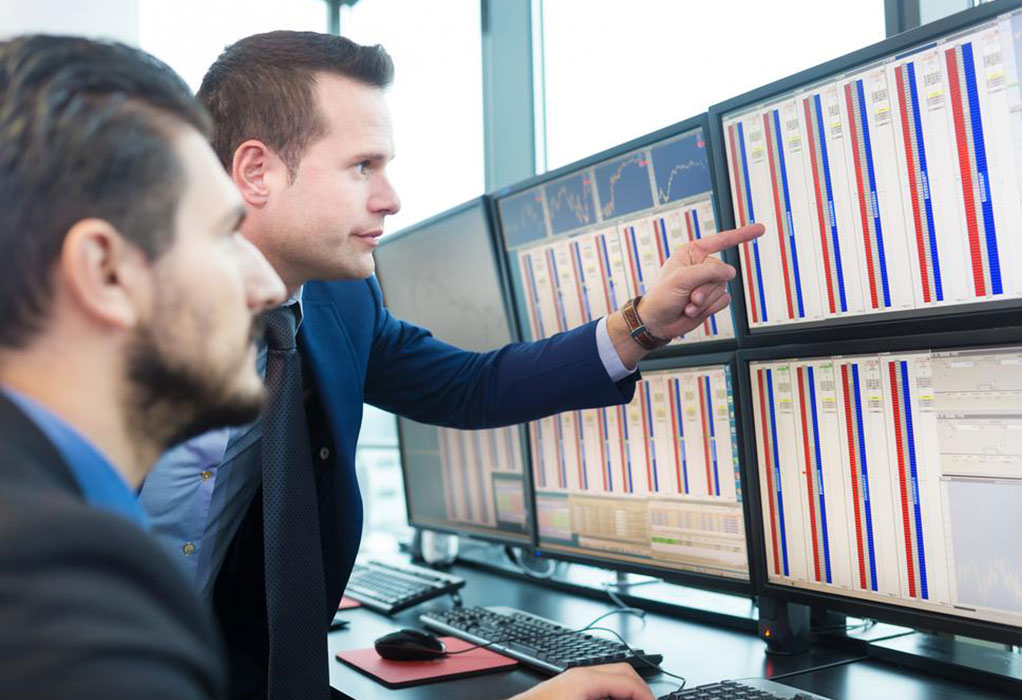Essential Insights into Commodity and Futures Trading
Discover essential insights into commodities and futures trading, including market categories, factors influencing prices, and strategies for diversification. Learn about trading platforms, risks, and how to approach this volatile sector with expert advice to optimize your investment portfolio.
Sponsored

Commodities play a vital role in everyday life, including items like gold, oil, natural gas, and grains. These basic goods are interchangeable, and their prices are often dictated by futures contracts—agreements between buyers and sellers that specify future delivery and price. Raw materials such as metals, energy resources, livestock, and agricultural products serve as the foundation of the global economy. Understanding how these markets operate is crucial for traders interested in diversification and profit opportunities.
Categories of commodities
Commodities are primarily divided into four groups:
Metals
Includes precious metals like gold, silver, platinum, palladium, and industrial metals like copper, zinc, aluminum, and iron ore.
Energy
Encompasses coal, natural gas, oil, uranium, and renewable sources such as solar and wind energy.
Livestock
Includes live animals like cattle and other livestock products.
Agricultural Products
Comprises edible goods—such as wheat, sugar, cocoa—and non-edible items like rubber, cotton, and palm oil.
Commodity markets are inherently volatile
Unlike the stock market, commodities are subject to unpredictable price fluctuations influenced by geopolitical tensions, macroeconomic factors, and market sentiment. Experienced traders are accustomed to this volatility, which offers both risks and reward potential.
Major trading platforms
Chicago Mercantile Exchange dominates the commodities and futures space, with approximately 80% of trades executed online, while around 20% occur via open outcry—based on call-out prices, orders, and quantities.
Dollar influence
Since most commodity transactions are dollar-denominated, fluctuations in the U.S. dollar significantly impact commodity prices, making awareness of currency movements essential for traders.
Market liquidity
Gold, silver, and copper typically have high liquidity, whereas agricultural commodities like soybeans also enjoy active participation, affecting ease of trading.
Margin requirements
Margins for commodities usually range between 5-10%, but can increase during market volatility, especially in non-agricultural futures trading.
Futures trading
Engaging in futures contracts allows investors to agree on future prices of commodities, necessitating specialized brokerage accounts for trading.
Portfolio diversification
Adding commodities to investment portfolios can hedge against stock market risks, offering a balanced approach—methods include investing in digital gold or commodities ETFs.
Trading hours
Extended trading hours provide flexibility, enabling trading before or after regular market times. While this increases convenience and responsiveness to global news, it can sometimes lead to less favorable prices.
Should you consider investing in commodities?
It's vital to study price charts, understand market dynamics, and assess your risk tolerance. As commodities can be highly volatile, investment should be a small part of your overall portfolio. Expertise and thorough research are key to successful trading.
Consulting a financial advisor is highly recommended for tailored guidance, proper diversification strategies, and maximizing potential profits in commodity markets. Knowledge is crucial for navigating these complex markets effectively.






